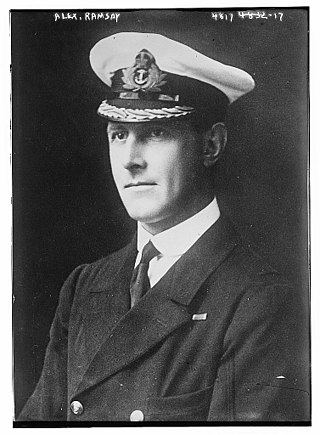
Admiral Sir Alexander Robert Maule Ramsay was a Royal Navy officer. He was the husband of Princess Patricia of Connaught, the youngest child of Prince Arthur, Duke of Connaught and Strathearn, third son of Queen Victoria. He served with distinction during the First World War. During the 1920s and 1930s, he held several important naval aviation commands.

Admiral of the Fleet Sir Henry Bradwardine Jackson, was a British Royal Navy officer. After serving in the Anglo-Zulu War he established an early reputation as a pioneer of ship-to-ship wireless technology. Later he became the first person to achieve ship-to-ship wireless communications and demonstrated continuous communication with another vessel up to three miles away. He went on to be Third Sea Lord and Controller of the Navy, then Director of the Royal Naval War College and subsequently Chief of the Admiralty War Staff. He was advisor on overseas expeditions planning attacks on Germany's colonial possessions at the start of the First World War and was selected as the surprise successor to Admiral Lord Fisher upon the latter's spectacular resignation in May 1915 following the failure of the Gallipoli Campaign. He had a cordial working relationship with First Lord of the Admiralty Arthur Balfour, but largely concerned himself with administrative matters and his prestige suffered when German destroyers appeared in the Channel, as a result of which he was replaced in December 1916.
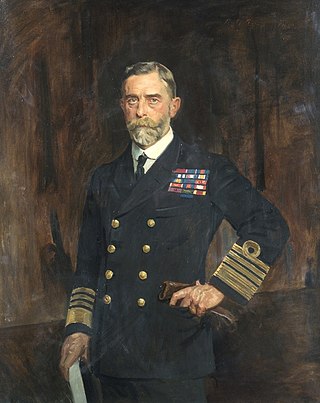
Admiral of the Fleet Sir Charles Edward Madden, 1st Baronet,, was a Royal Navy officer who served during the First World War as Chief of the Staff to Sir John Jellicoe in the Grand Fleet from 1914 to 1916 and as Second-in-Command of the fleet under Sir David Beatty from 1916 to 1919. He was Commander-in-Chief of the Atlantic Fleet after the war and served as First Sea Lord in the late 1920s. In that role, in order to avoid an arms race, he accepted parity with the United States in the form of 50 cruisers defending his position on the basis that he only actually had 48 cruisers anyway.
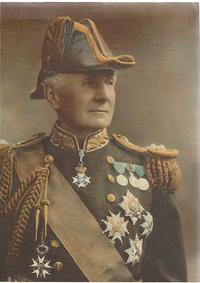
Admiral Sir Francis Charles Bridgeman Bridgeman, was a Royal Navy officer. As a captain he commanded a battleship and then an armoured cruiser and then, after serving as second-in-command of three different fleets, he twice undertook tours as Commander-in-Chief of the Home Fleet with a stint as Second Sea Lord in between those tours. He became First Sea Lord in November 1911 but clashed with First Lord of the Admiralty Winston Churchill on technical issues as well as matters relating to a perceived overriding of naval traditions by Churchill: this led to Bridgeman's resignation just a year later.
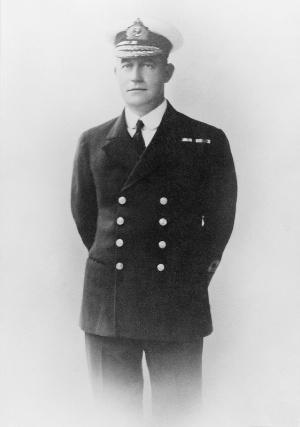
Admiral Sir George Francis Hyde, was an English-born Australian admiral, known as a former head and the first officer to achieve the rank of full admiral in the Royal Australian Navy.
Admiral Sir Eric John Arthur Fullerton was a Royal Navy officer.

Admiral Sir John Frederick Ernest Green, was a Royal Navy officer of the late 19th and early 20th centuries. He saw service in the Boxer Rebellion, First World War, and the North Russia Intervention in the Russian Civil War. Late in his career, he became Commander-in-Chief, Coast of Scotland.
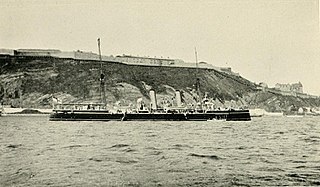
HMS Proserpine was a Pelorus-class cruiser of the Royal Navy. There were eleven "Third class" protected cruisers in the class, which was designed by Sir William White. While well armed for their size, they were primarily workhorses for the overseas fleet on "police" duties and did not serve with the main battlefleet.

Admiral Sir Albert Percy Addison, was a senior officer in the Royal Navy. He was the Rear Admiral Commanding His Majesty's Australian Fleet from 30 April 1922 to 30 April 1924. During the First World War he was recognised by the British Admiralty as an authority on submarines, and his knowledge of that class of ship was used extensively.

Admiral of the Fleet Sir Arthur Dalrymple Fanshawe, was a Royal Navy officer. As a captain he became commanding officer, successively, of the troopships HMS Jumna and HMS Malabar, which were tasked with ferrying troops between the United Kingdom and India. These were difficult commands with regular disputes between the military officers in charge of the troops and the naval officers in command of the ships.
Sir Morgan Singer, was a Royal Navy officer who went on to be Commander-in-Chief, America and West Indies Station.

Admiral Sir Hugh Henry Darby Tothill, was a Royal Navy officer who served as captain in World War I and went on to become commander-in-chief of East Indies Station following his promotion to admiral.

Admiral Sir Robert Swinburne Lowry, was a Royal Navy officer who became Admiral Commanding on the Coast of Scotland.
Admiral Hugh Pigot Williams was a British officer of the Royal Navy. In 1910–1912, while a Rear Admiral in the Royal Navy, he served as head of the British naval mission to the Ottoman Empire and Fleet Commander of the Ottoman Navy, at the rank of Liva Amiral.
Admiral Sir Douglas Romilly Lothian Nicholson, KCMG, KCVO was a senior Royal Navy officer who commanded the Reserve Fleet.
Admiral Sir Sidney Robert Bailey, was a Royal Navy officer who served as President of the Royal Naval College, Greenwich from 1937 to 1938.
Admiral Sir Brian Herbert Fairbairn Barttelot, was a Royal Navy officer who became Admiral Superintendent of Malta Dockyard.
Admiral Sir Arthur Murray Farquhar, was a British Royal Navy officer in the years before the First World War.
Admiral Frank Finnis was a British Royal Navy admiral before the First World War.
Admiral Sir Frederic Edward Errington Brock was a Royal Navy officer.












